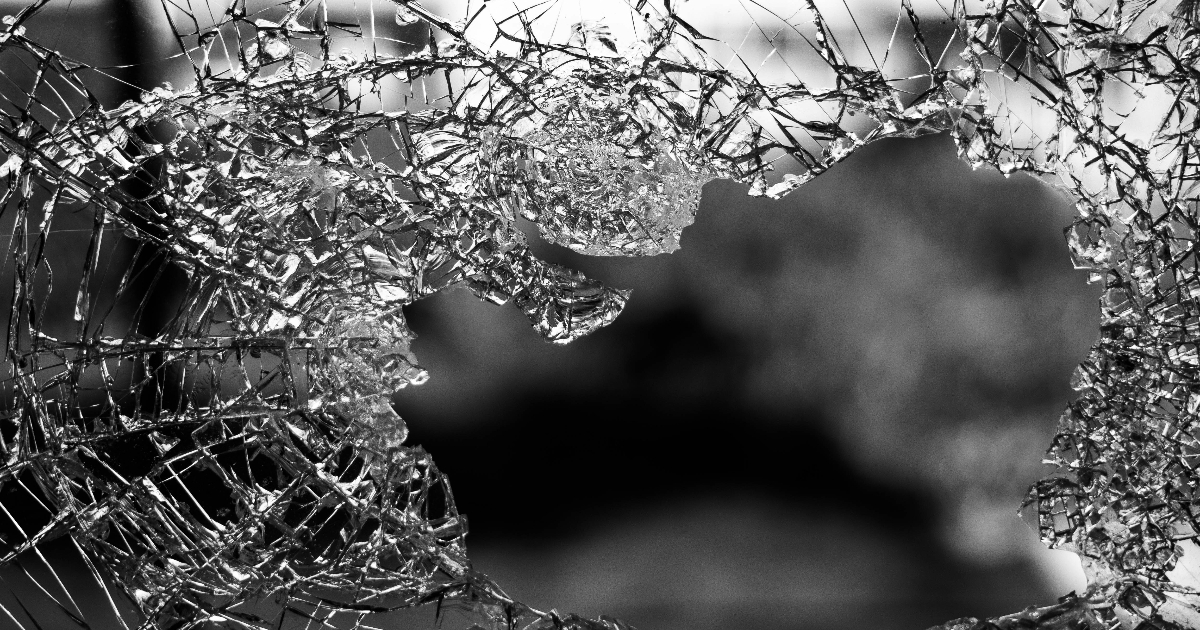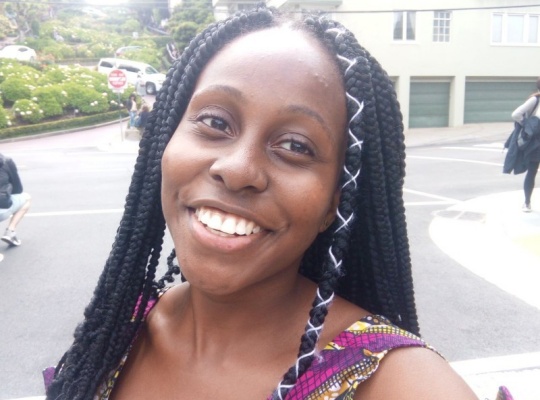Codetown
Codetown ::: a software developer's community
JavaFX and SteelSeries gauges using FXML
Gerrit Grunwald, aka @hansolo_ on twitter, has just ported his Swing based gauges and meters framework known as SteelSeries to JavaFX as part of the JFXtras-lab project. I can't tell you how many times since Java AWT first came out, that I have had to use meters and gauges in an application. Also, I can't count how many times I have found a dearth of open source gauge frameworks out there in the wild. Needless to say, I have been watching Gerrit's progress for several months now. Finally, he posted his work to jxftras-lab and I have been eagerly testing ever since.
One area I wanted to see is if Gerrit's gauges worked with JavaFX FXML. JavaFX FXML is an XML-based language that provides the structure for building a user interface separate from the application logic of your code. With the numerous options that Gerrit's gauges support, this is a must have. I am happy to report with a little back and forth with Gerrit over a few days, we now have a working version that supports FXML. You'll have to download and build the latest jfxtras-lab bits from github, here.
Here is an FXML snippet showing how to define a Radial gauge in FXML. This matches Gerrit's blog, showing the same settings using Java code, here.
<Radial fx:id="radialGauge" prefWidth="280" prefHeight="280" title="Temperature" >
<unit>°C</unit>
<lcdDecimals>2</lcdDecimals>
<frameDesign>STEEL</frameDesign>
<backgroundDesign>DARK_GRAY</backgroundDesign>
<lcdDesign>STANDARD_GREEN</lcdDesign>
<lcdDecimals>2</lcdDecimals>
<lcdValueFont>LCD</lcdValueFont>
<pointerType>TYPE14</pointerType>
<valueColor>RED</valueColor>
<knobDesign>METAL</knobDesign>
<knobColor>SILVER</knobColor>
<sections>
<Section start="0" stop="37" color="lime"/>
<Section start="37" stop="60" color="yellow"/>
<Section start="60" stop="75" color="orange"/>
</sections>
<sectionsVisible>true</sectionsVisible>
<areas>
<Section start="75" stop="100" color="red"/>
</areas>
<areasVisible>true</areasVisible>
<markers>
<Marker value="30" color="magenta"/>
<Marker value="75" color="aquamarine"/>
</markers>
<markersVisible>true</markersVisible>
<threshold>40</threshold>
<thresholdVisible>true</thresholdVisible>
<glowVisible>true</glowVisible>
<glowOn>true</glowOn>
<trendVisible>true</trendVisible>
<trend>RISING</trend>
<userLedVisible>true</userLedVisible>
<bargraph>true</bargraph>
<radialRange>RADIAL_300</radialRange>
<GridPane.rowIndex>0</GridPane.rowIndex>
<GridPane.columnIndex>0</GridPane.columnIndex>
<GridPane.halignment>CENTER</GridPane.halignment>
<GridPane.valignment>CENTER</GridPane.valignment>
</Radial>
This produced the following display:
In FXML, you create a Java controller class. For this simple example, in the controller class, Gauge.java, I created a JavaFX Timeline that iterates from the minimum to the maximum value over 10 seconds, alternating with rising and falling values. The actual Radial Gauge is represented by the "radialGauge" member of the controller that is annotated with @FXML. This allows the FXML system to match the actual JavaFX Radial Control instance to the controller member variable based on the FXML"fx:id" attribute. The initialize method of the controller class is called once the FXML system has processed the XML and created all the JavaFX Nodes.
The main JavaFX application is contained in the class SteelFX and it loads the FXML file then assigns it to the JavaFX Scene.
The complete code is here:
Notes
Welcome to Codetown!
 Codetown is a social network. It's got blogs, forums, groups, personal pages and more! You might think of Codetown as a funky camper van with lots of compartments for your stuff and a great multimedia system, too! Best of all, Codetown has room for all of your friends.
Codetown is a social network. It's got blogs, forums, groups, personal pages and more! You might think of Codetown as a funky camper van with lots of compartments for your stuff and a great multimedia system, too! Best of all, Codetown has room for all of your friends.
Created by Michael Levin Dec 18, 2008 at 6:56pm. Last updated by Michael Levin May 4, 2018.
Looking for Jobs or Staff?
Check out the Codetown Jobs group.
InfoQ Reading List
AWS Introduces VPC Encryption Controls to Enforce Encryption in Transit

AWS has recently introduced VPC Encryption Controls, allowing customers to validate whether traffic within and between VPCs is encrypted and to require encryption where supported. The feature provides visibility into unencrypted traffic, supports enforcement using compatible Nitro-based infrastructure, and allows exclusions for resources that cannot encrypt traffic.
By Renato LosioInside the Development Workflow of Claude Code's Creator

Claude Code's creator Boris Cherny described how he uses it at Anthropic, highlighting practices such as running parallel instances, sharing learnings, automating prompting, and rigorously verifying results to compound productivity over time.
By Sergio De SimoneNVIDIA Releases Open Models, Datasets, and Tools Across AI, Robotics, and Autonomous Driving

NVIDIA has released a set of open models, datasets, and development tools covering language, agentic systems, robotics, autonomous driving, and biomedical research. The update expands several existing NVIDIA model families and makes accompanying training data and reference implementations available through GitHub, Hugging Face, and NVIDIA’s developer platforms.
By Robert KrzaczyńskiMongoBleed Vulnerability Allows Attackers to Read Data From MongoDB's Heap Memory

MongoDB recently patched CVE-2025-14847, a vulnerability affecting multiple supported and legacy MongoDB Server versions. According to the disclosure, the flaw can be exploited remotely by unauthenticated attackers with low complexity, potentially leading to the exfiltration of sensitive data and credentials.
By Renato LosioPresentation: Fast Eventual Consistency: Inside Corrosion, the Distributed System Powering Fly.io

Somtochi Onyekwere explains the architecture of Corrosion, a distributed system designed for low-latency state replication. She shares how Fly.io transitioned from Consul to a gossip-based SQLite solution to handle global machine data. By discussing CRDTs, the SWIM protocol, and QUIC, she shares how to build resilient systems that prioritize speed while managing the complexities of CAP theorem.
By Somtochi Onyekwere
© 2026 Created by Michael Levin.
Powered by
![]()
You need to be a member of Codetown to add comments!
Join Codetown